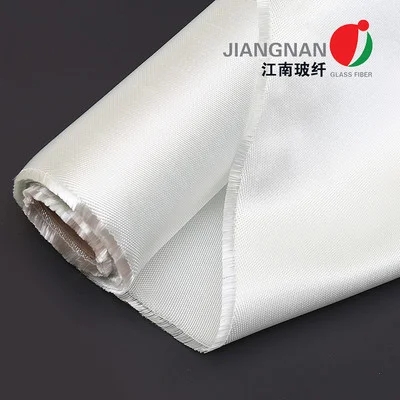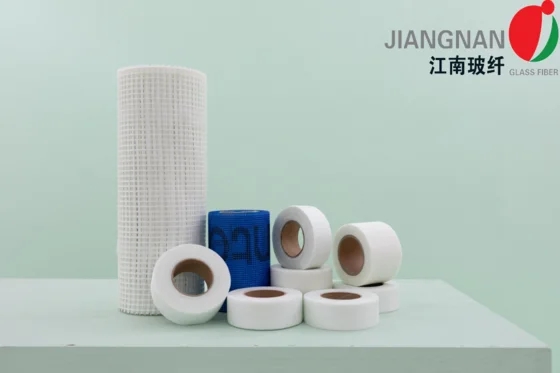Beyond Transparency: Exploring Innovative Alternatives to Glass Facades in Modern Architecture
In the realm of modern architecture, glass facades have long been celebrated for their aesthetic appeal, allowing natural light to flood interior spaces while providing unobstructed views of the surroundings. However, as sustainability concerns rise and the demand for energy-efficient buildings increases, architects and builders are exploring alternatives to traditional glass facades. This article delves into the innovative materials and technologies that serve as viable substitutes, addressing their benefits, challenges, and potential applications.
The Limitations of Glass Facades
Before we explore alternatives, it is essential to understand the limitations of glass facades. While they offer numerous advantages, such as visual connectivity and daylighting, they also present significant challenges:
- Energy Inefficiency: Glass facades can lead to excessive heat gain in warmer months and heat loss during colder months, resulting in increased energy consumption for heating and cooling.
- Glare and Overheating: Large glass surfaces can create glare for occupants and contribute to overheating, making indoor environments uncomfortable.
- Environmental Impact: The production and disposal of glass have considerable environmental footprints, raising concerns about sustainability.
- Maintenance Issues: Glass facades require regular cleaning and maintenance to preserve their aesthetic appeal, which can be costly and labor-intensive.
Innovative Alternatives to Glass Facades
As architects seek to address these challenges, several innovative materials and technologies have emerged as alternatives to traditional glass facades. Here are some of the most promising options:
- Polycarbonate Panels
Polycarbonate panels are lightweight, durable, and offer excellent thermal insulation properties. These panels can be manufactured in various colors and textures, allowing for creative design possibilities. They also provide UV protection and can be treated to reduce glare, making them a practical choice for commercial and residential buildings.
Benefits:
- High impact resistance
- Lightweight and easy to install
- Energy-efficient with good insulation properties
Challenges:
- Potential for yellowing over time
- Limited aesthetic appeal compared to glass
- ETFE (Ethylene Tetrafluoroethylene) Foil
ETFE is a transparent, lightweight polymer that has gained popularity in modern architecture, particularly for large-scale projects like stadiums and greenhouses. ETFE foil can be used in cushions or as a single layer, providing excellent light transmission while being highly resistant to weathering and UV radiation.
Benefits:
- Exceptional light transmission and thermal performance
- Self-cleaning properties
- Lightweight, reducing structural load
Challenges:
- Higher initial costs compared to traditional materials
- Limited structural rigidity without support
- Ceramic and Porcelain Panels
Ceramic and porcelain panels offer a unique aesthetic while providing excellent durability and thermal performance. These materials can be printed with various designs and textures, allowing for customization that glass cannot achieve. Additionally, they are resistant to fading and require minimal maintenance.
Benefits:
- High durability and resistance to weathering
- Customizable designs and textures
- Energy-efficient with good insulation properties
Challenges:
- Heavier than glass, requiring robust structural support
- Installation can be more complex
- Green Walls and Living Facades
Integrating vegetation into building facades not only enhances aesthetic appeal but also contributes to sustainability. Green walls can improve air quality, provide insulation, and reduce urban heat island effects. They can be designed using modular systems that support various plant species, creating a dynamic and living exterior.
Benefits:
- Improved air quality and biodiversity
- Natural insulation properties
- Aesthetic and psychological benefits for occupants
Challenges:
- Requires ongoing maintenance and irrigation
- Initial installation costs can be high
- Smart Glass Technologies
While not a complete departure from glass, smart glass technologies offer a transformative approach to traditional facades. These technologies allow for dynamic control of light and heat transmission, adapting to changing environmental conditions. Electrochromic and thermochromic glass can change opacity or color in response to temperature or electrical signals, enhancing energy efficiency.
Benefits:
- Dynamic control over light and heat
- Potential for significant energy savings
- Maintains the aesthetic appeal of glass
Challenges:
- Higher upfront costs
- Technology may require specialized installation and maintenance
Conclusion: The Future of Facade Design
As the architectural landscape evolves, the search for alternatives to glass facades is driven by the need for sustainability, energy efficiency, and innovative design. While glass will continue to play a significant role in architecture, materials like polycarbonate, ETFE, ceramic panels, green walls, and smart glass technologies offer exciting possibilities for the future. By embracing these alternatives, architects can create buildings that are not only visually stunning but also environmentally responsible and energy-efficient.




